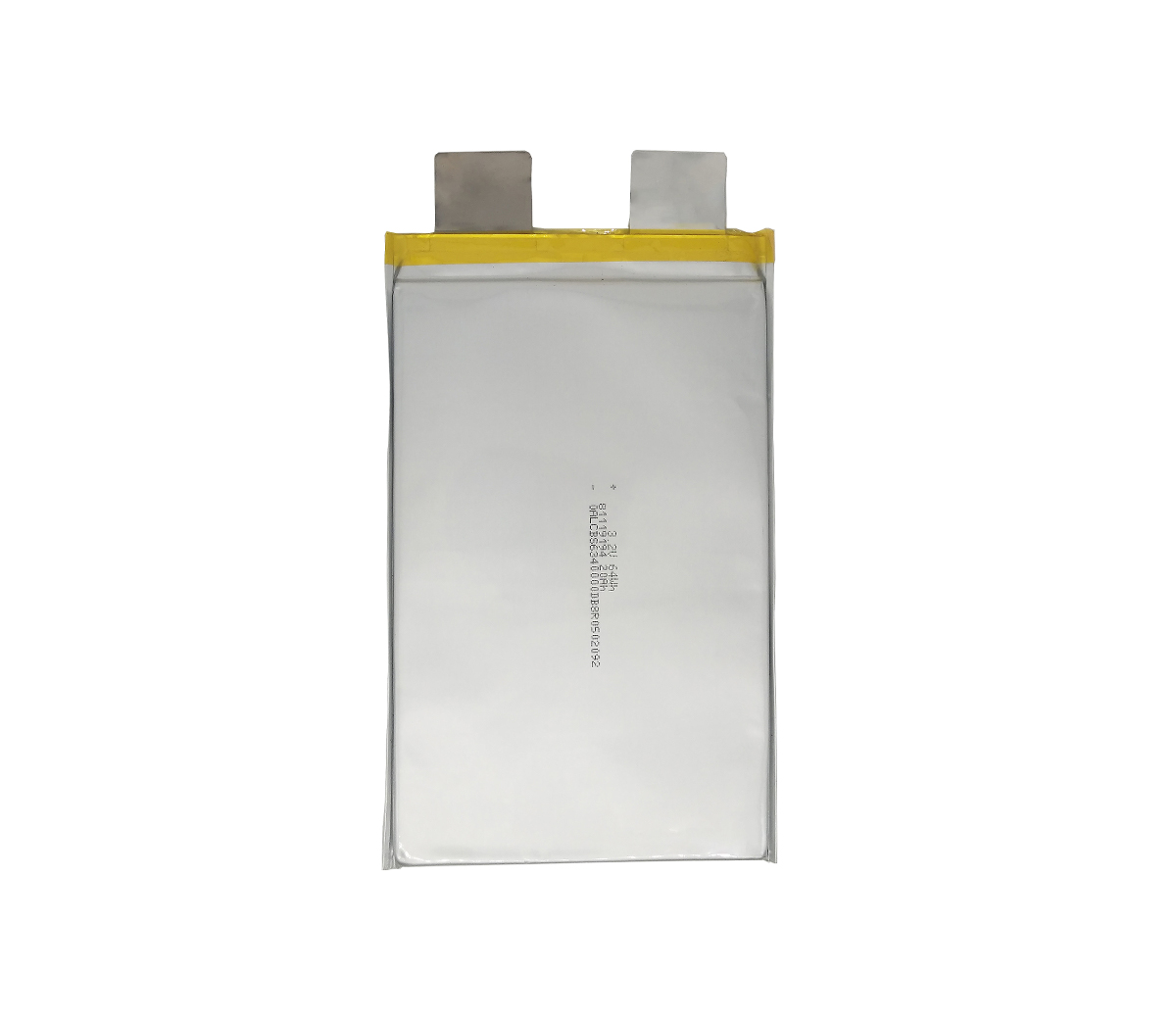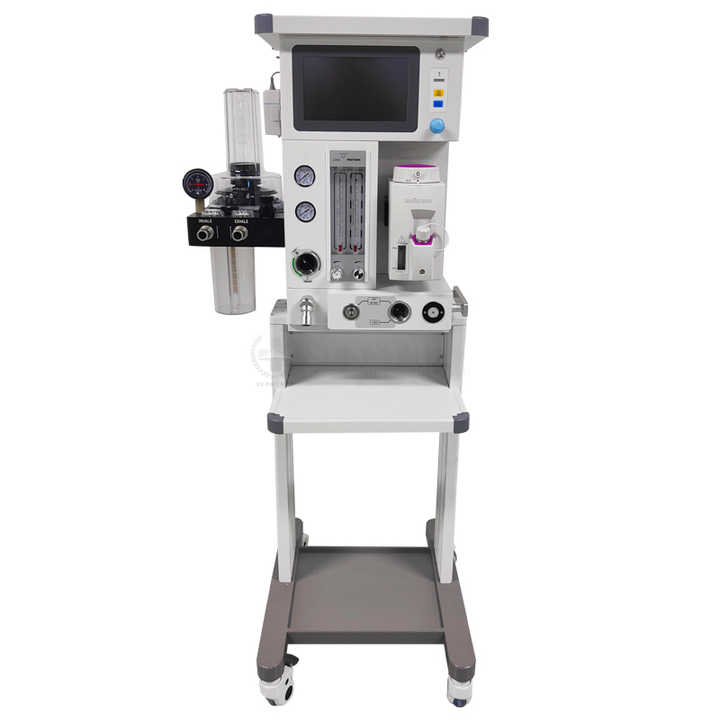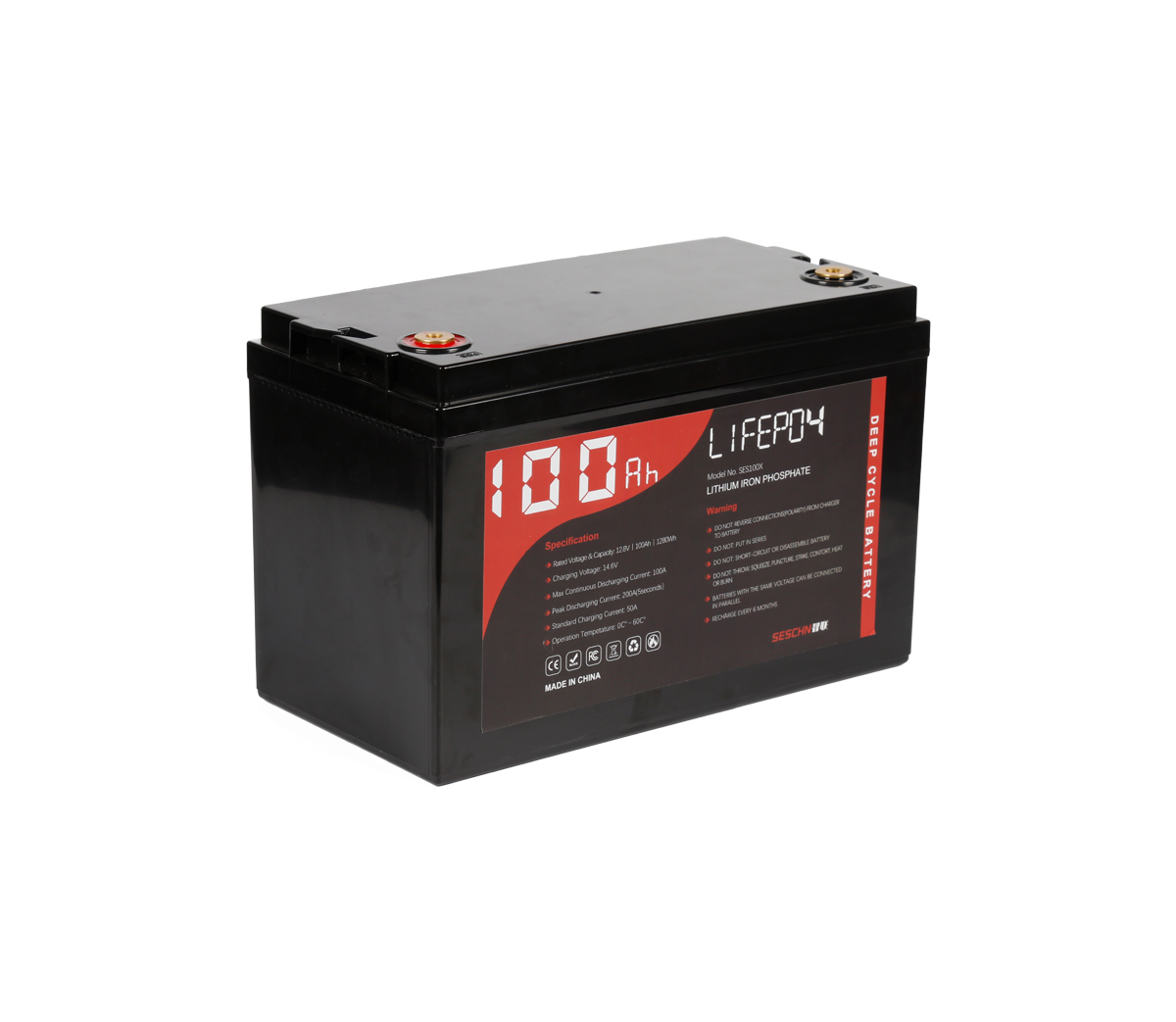What is the design principle of the 3.7v lithium battery charging
circuit?
According to the structural characteristics of the lithium battery, the
highest end-of-charge voltage should be 4.2V, and it cannot be overcharged.
Otherwise, too much lithium ions from the positive electrode will be taken away
and the battery will be scrapped. The charging and discharging requirements are
relatively high, and a dedicated constant current and constant voltage charger
can be used for charging.
1. Charging of lithium battery:
According to the structural characteristics of lithium batteries, the
maximum end-of-charge voltage should be 4.2V, and it cannot be overcharged.
Otherwise, too much lithium ions in the positive electrode will be taken away
and the battery will be scrapped. The charging and discharging requirements are
relatively high, and a dedicated constant current and constant voltage charger
can be used for charging. Normally, the constant current charge to 4.2V/cell
will switch to constant voltage charge. When the constant voltage charge current
drops to less than 100mA, the charge should be stopped.
Charging current (mA)=0.1~1.5 times
battery capacity (such as 1350mAh battery, its charging current can be
controlled between 135-2025mA). The normal charging current can be selected at
about 0.5 times the battery capacity, and the charging time is about 2 to 3
hours.
2, discharge of lithium battery
Due to the internal structure of the lithium battery, all lithium ions
cannot move to the positive electrode during discharge, and some lithium ions
must be retained in the negative electrode to ensure that lithium ions can be
inserted into the channel smoothly during the next charge. Otherwise, the
battery life will be shortened accordingly. In order to ensure that some lithium
ions remain in the graphite layer after discharge, it is necessary to strictly
limit the minimum discharge termination voltage, which means that the lithium
battery cannot be over-discharged. The final discharge voltage is usually
3.0V/cell, and the minimum should not be lower than 2.5V/cell. The length of
battery discharge time is related to battery capacity and discharge current.
Battery discharge time (hours) = battery capacity/discharge current. Lithium
battery discharge current (mA) should not exceed 3 times the battery capacity.
(Such as 1000mAH battery, the discharge current should be strictly controlled
within 3A) Otherwise, the battery will be damaged.
3, lithium battery protection circuit
It consists of two field effect transistors and a dedicated protection
integrated block S-8232. The overcharge control tube FET2 and the overdischarge
control tube FET1 are connected in series in the circuit, and the battery
voltage is monitored and controlled by the protection IC. When the battery
voltage rises to 4.2V , The overcharge protection tube FET1 is turned off and
charging is stopped. In order to prevent malfunction, a delay capacitor is
generally added to the external circuit. When the battery is in a discharging
state, when the battery voltage drops to 2.55V, the over-discharge control tube
FET1 is cut off, and the power supply to the load is stopped. Over current
protection is to control FET1 to cut off and stop discharging to the load when a
large current flows through the load. The purpose is to protect the battery and
the field effect tube.
4. Charging circuit:
Principle: Use a constant voltage to charge the battery to ensure that it
will not be overcharged. The input DC voltage is 3 volts higher than the charged
battery voltage. R1, Q1, W1, and TL431 form a precision adjustable voltage
regulator circuit, Q2, W2, and R2 form an adjustable constant current circuit,
and Q3, R3, R4, R5, and LED are charging indication circuits. As the voltage of
the charged battery rises, the charging current will gradually decrease. After
the battery is fully charged, the voltage drop on R4 will decrease, so that Q3
will be turned off and the LED will go out. To ensure that the battery is
sufficient, please continue after the indicator light goes out. Charge for 1-2
hours. Please install suitable radiators for Q2 and Q3 when using.


































